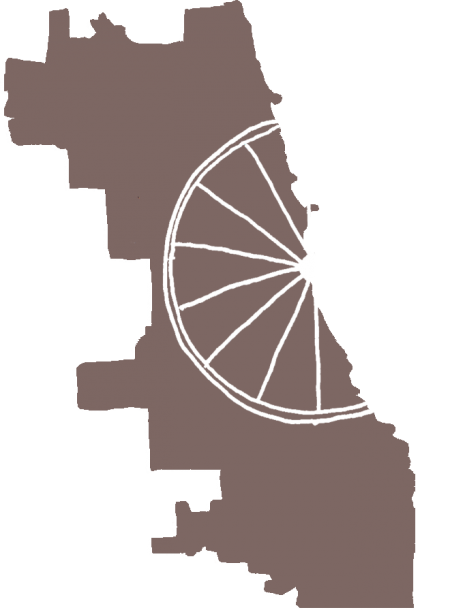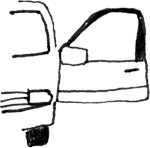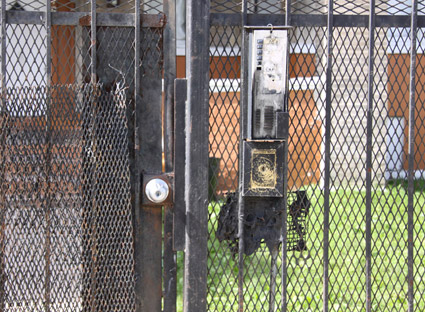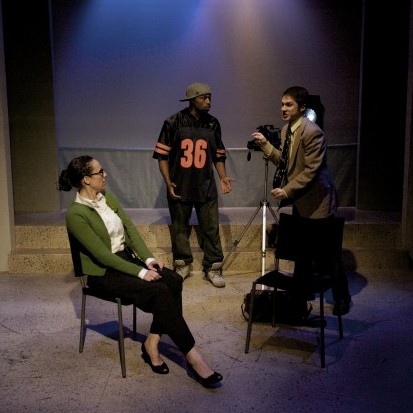
The “History” of Cycling
For as long as there has been a reason to be concerned about that tingly numbness “down there,” there has been resonant chatter about bicycles. From their inception as something harder than driving but easier than walking, to their recent role as society’s moral high horse, cycling has played an undeniably important part in the history of the world, at the hands of the world’s history-makers.
Records are fuzzy, but Plato and Socrates, leading authorities in confusing undergraduates, were often seen mounted together on tandem bikes en route to symposiums. King Arthur’s white steed was eternally jealous of his badass 53-speed mountain bike. Edouard Manet, the city-dwelling flâneur that he was, loved to see and be seen around Paris, mounted on his many colorful fixed-gear bicycles, effectively making him the first modern hipster. “Sans freins! Sans freins!”
If you’re still doubtful that bicycles matter, think about this: bicycles provide the perfect excuse for anything. Anything. Miss a class? Sweaty palms? Under-performing in the bedroom? Blame it on swinging car doors, long commutes and a crappy seat, respectively. You don’t even need to ride a bike to use these excuses. Carry around a scuffed helmet and roll up a pant leg – no one will be the wiser. Cycling: The More You Know.

There are six multi-use trails running in and through Chicago. These paved paths are for bike riders as well as walkers, skaters, and runners.

Households in the Chicago region spend an average of 17 percent of their budgets–or $7,500 per year–on transportation. Besides maintenance, biking is completely free.

From 2000 to 2009, the percentage of Chicagoans commuting by bike increased from about .5 percent to 1.1 percent.

In 2008, a total of 27 bicycle riders were killed and 3,385 seriously injured in Illinois bicycle accidents.

In 2002, Kryptonite listed Chicago was listed as the second worst city for bike theft.
In 2010, there were 104 miles of existing bike lanes in the city.

Tailpipe emissions from automobiles and trucks account for almost half of Chicago’s air pollution, contributing to asthma and other respiratory problems in the Chicagoland area.

According to the Active Transportation Alliance, more than half of its members who bike on streets have been “doored” at least once.

A 2008 city law carries fines ranging from $150 to $500 for opening a vehicle door in the path of a cyclist.
Biking Chicago in the Winter
The days are getting shorter and the temperature is dropping, which is usually bad news for bikers in Chicago, where the brutal winter keeps many of us indoors as often as possible. For some of us though, biking is not only financially convenient and timely, it is a method for decent mental and physical health; a good bike ride is often one of the best ways to unwind during crit week. Fortunately, Bike Winter, a volunteer-based project in Chicago, has released some good advice for biking in the winter:
- Be aware of specific hazards: streets are slickest right when it begins to snow or rain. Sewage covers, leaves and metal bridges are dangerous when wet or frozen.
- Pump the brakes in wet or icy conditions. Ride slowly and keep your weight to the back, and don’t lean into turns as heavily.
- In snow, ride in the ruts created by cars, but avoid ridges which can deflect the front wheel and cause you to fall.
- Layer your clothes, make sure to use thick gloves and a balaclava to cover your face.
- Know your options for alternate routes during bad weather days.
Infographic by Patrick Jenkins
Information compiled by Daryl Meador







